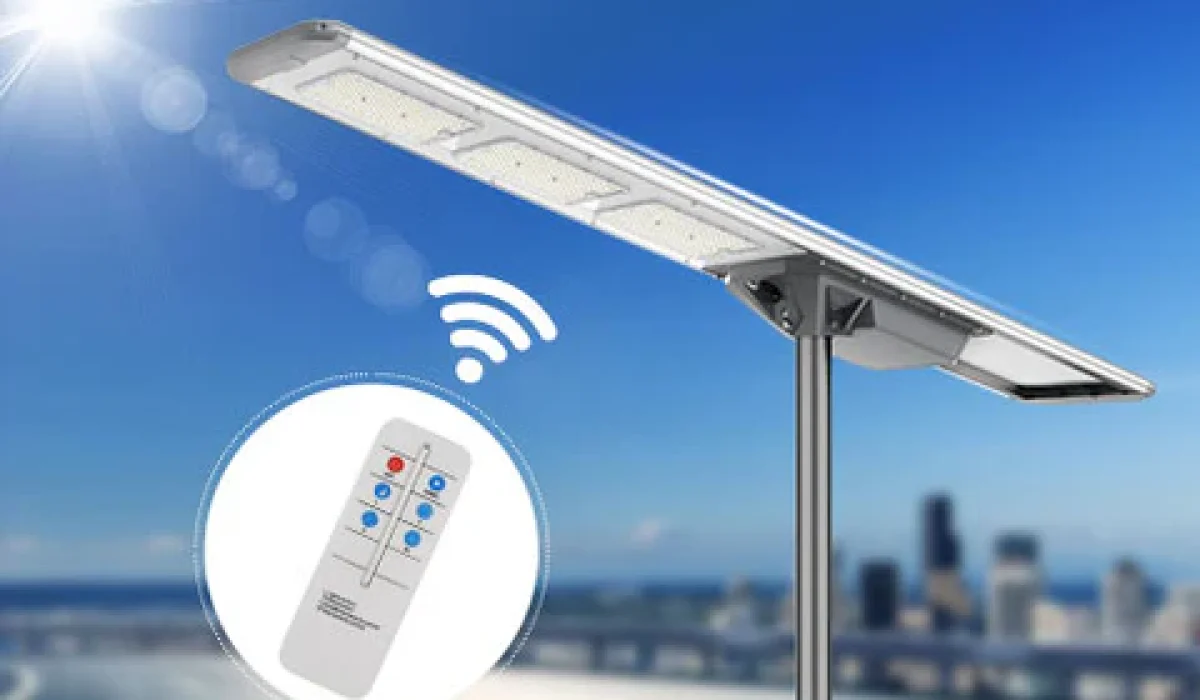Solar street lights are an eco-friendly and cost-effective lighting solution. However, exposure to harsh weather, dust accumulation, battery degradation, and wiring issues can reduce their efficiency over time. Without proper maintenance, their lifespan can be significantly shortened.
Regular maintenance helps prevent battery failure, solar panel inefficiency, LED malfunctions, and wiring problems. By following proactive maintenance strategies, you can extend the lifespan of your solar street lights, improve energy efficiency, and reduce repair costs.
This guide covers essential maintenance practices to ensure your solar street lights operate at peak performance.
Ensuring Optimal Performance Through Maintenance
Preventing Battery Degradation
The battery is the heart of a solar street light, storing energy collected during the day and powering the lights at night. If the battery deteriorates, lighting hours will shorten, and performance will decline.
Regular maintenance ensures batteries retain their capacity, preventing premature failure and costly replacements.

Common Battery Issues
- Shortened lighting time: If the light doesn’t last through the night, it may indicate reduced battery capacity.
- Dim lighting: Even with sufficient sunlight exposure, a dim light suggests battery deterioration or insufficient charge storage.
- Complete failure: If the street light doesn’t turn on at all, the battery may have failed, or the wiring or controller could be faulty.
Maintenance Practices
- Check battery voltage every six months to ensure it holds a proper charge.
- Avoid overcharging and deep discharging by optimizing the controller settings.
- Clean battery terminals to prevent corrosion and ensure a strong electrical connection.
- Replace batteries based on their lifespan: Lithium batteries typically last 3-5 years, while lead-acid batteries require replacement every 2-3 years.
Maintaining Solar Panel Efficiency
Solar panels are the primary energy source for solar street lights. If they become dirty or obstructed, energy generation will decrease, leading to insufficient battery charging.
Regular cleaning and alignment adjustments maximize energy absorption and overall efficiency.
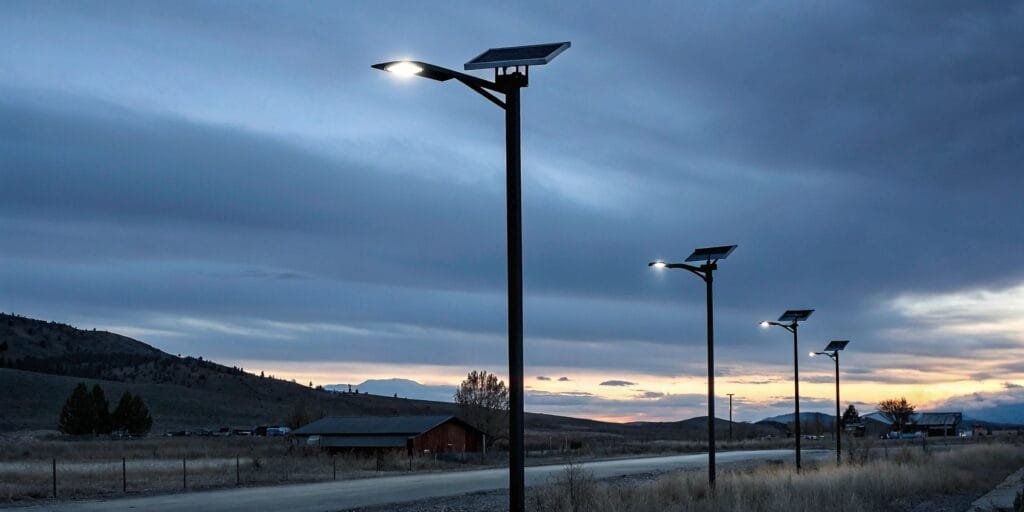
Common Solar Panel Issues
- Reduced energy conversion: Dust, dirt, and debris block sunlight, lowering charging efficiency.
- Partial shading effect: If even a small portion of the panel is shaded, energy output can drop significantly.
- Long-term buildup damage: Rain and dirt residues can form stubborn stains that permanently reduce efficiency.
Maintenance Practices
- Clean solar panels every 3-6 months using water and a soft cloth to remove dust and debris.
- Avoid using harsh chemicals that may damage the protective coating of the panels.
- Check and adjust the panel angle to ensure optimal sunlight exposure throughout the year.
- Inspect panel connections to prevent loose wiring from disrupting power transmission.
Preventing LED Failures
LED lights are built to last over 50,000 hours, but poor maintenance, overheating, and electrical surges can cause them to fail prematurely.
Routine inspections and ensuring proper heat dissipation can prevent expensive replacements and outages.
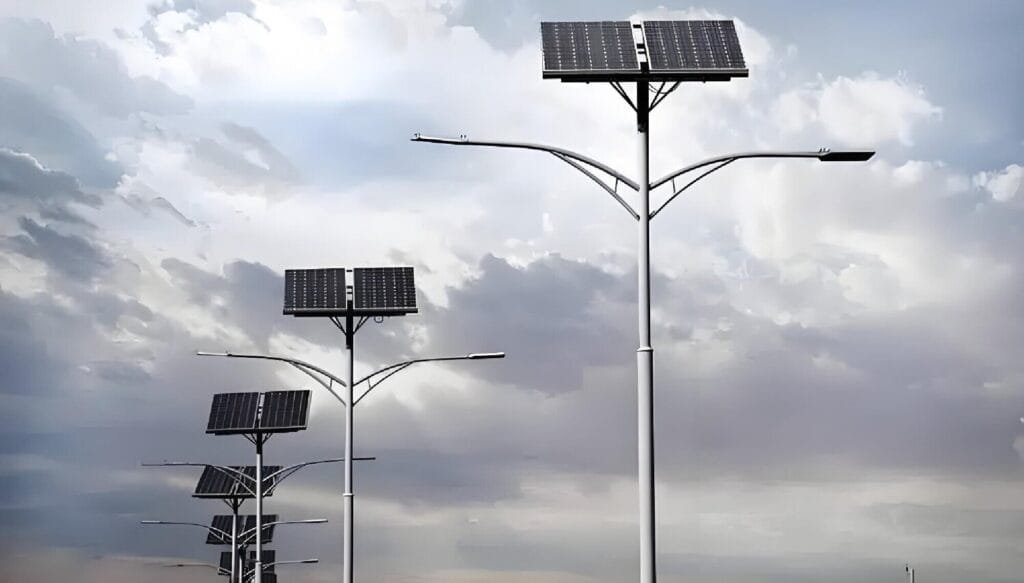
Common LED Failures
- Flickering or inconsistent brightness: Could indicate unstable power supply or wiring issues.
- Partially dead LEDs: Some lights may fail due to overheating or poor-quality components.
- Complete light failure: Could be caused by power issues, a faulty controller, or a damaged LED unit.
Maintenance Practices
- Regularly check LED brightness and replace dim or failing LEDs.
- Ensure proper heat dissipation by maintaining adequate ventilation around the LED fixture.
- Use high-quality controllers to prevent voltage fluctuations that may damage LEDs.
- Clean the LED fixture lens to maintain light output clarity.
Protecting Against Water Damage
Heavy rainfall and flooding can cause water ingress into electrical components, leading to short circuits and corrosion.
Ensuring proper waterproofing and drainage can prevent severe damage and extend the life of your solar street light.
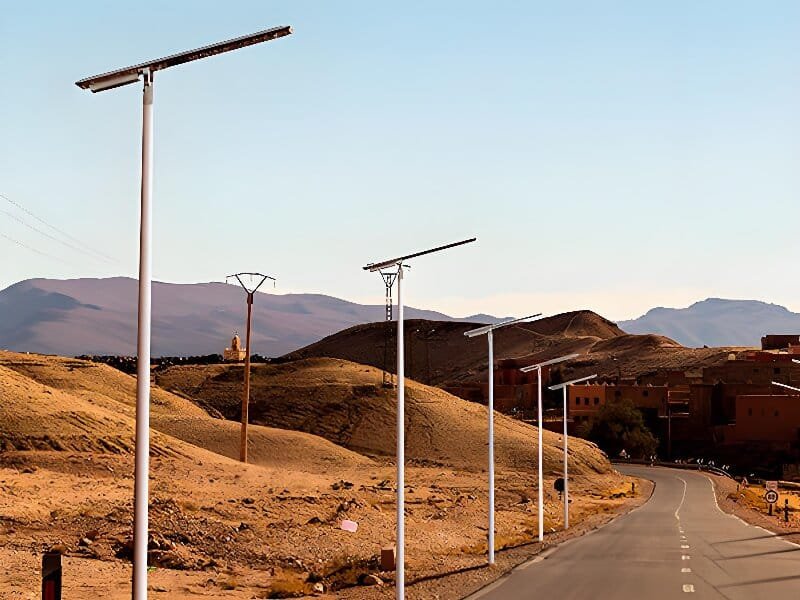
Common Water Damage Issues
- Corroded wiring and connections: Moisture can cause metal parts to rust, disrupting power flow.
- Short circuits: Water entering electrical components can cause the system to fail.
- Battery damage: Prolonged exposure to moisture can lead to internal battery corrosion.
Maintenance Practices
- Inspect waterproof seals and enclosures every six months.
- Ensure proper drainage around the base of the pole to prevent standing water.
- Seal any gaps in wiring enclosures to prevent moisture from entering electrical components.
- Replace corroded parts immediately to avoid complete system failure.
Resolving Controller and Wiring Issues
The controller is the "brain" of a solar street light, managing energy distribution, battery charging, and lighting schedules. If the controller or wiring fails, the entire system may stop functioning.
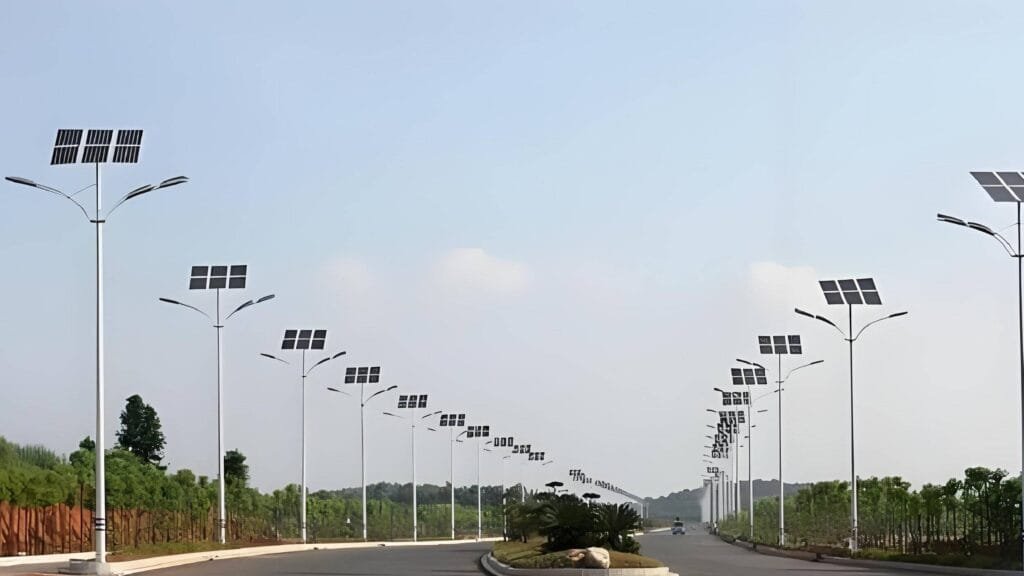
Maintenance Practices
- Check all wiring connections every 6-12 months to ensure no loose or corroded terminals.
- Upgrade controller software if your system supports updates to improve performance.
- Inspect insulation around wiring to prevent damage from exposure to weather.
- Replace faulty controllers immediately to restore normal operations.
Correcting Installation Mistakes
Improper installation can lead to unstable poles, misaligned solar panels, and inefficient energy use.
Routine inspections ensure the system is securely installed and operating at peak performance.

Common Installation Errors
- Unstable poles: Loose or improperly secured poles can be dangerous.
- Incorrect solar panel angle: Poor positioning reduces energy absorption.
- Loose electrical connections: Can cause inconsistent lighting or system failure.
Maintenance Practices
- Ensure poles are firmly anchored to withstand strong winds.
- Verify solar panel angles are optimized for maximum sunlight exposure.
- Secure all bolts and fasteners to prevent vibrations from loosening components.
- Test the system after installation to confirm proper functionality.
The Long-Term Advantages of Regular Maintenance
Cost Savings
- Reduces unexpected breakdowns, lowering repair expenses.
- Extends battery and component lifespan, reducing replacement costs.
Improved Energy Efficiency
- Clean panels ensure maximum energy conversion.
- Healthy batteries and wiring prevent energy losses.
Longer Lifespan
- Preventative maintenance extends the system's life beyond 10 years.
- Maintains stable and reliable lighting performance over time.
Essential for Commercial Use
- Reduces downtime, ensuring reliable operation for municipalities and businesses.
- Enhances public safety and convenience by preventing outages.
Conclusion: Take Care of Your Solar Street Lights

Regular maintenance is essential for maximizing efficiency, preventing failures, and extending the lifespan of solar street lights. Cleaning solar panels, monitoring battery health, securing wiring, and updating controllers will keep your system in top condition.
Proactive maintenance reduces costs, enhances performance, and ensures long-term reliability. Regularly inspect and maintain your solar street lights to prevent expensive repairs and keep your system running efficiently for years to come.

